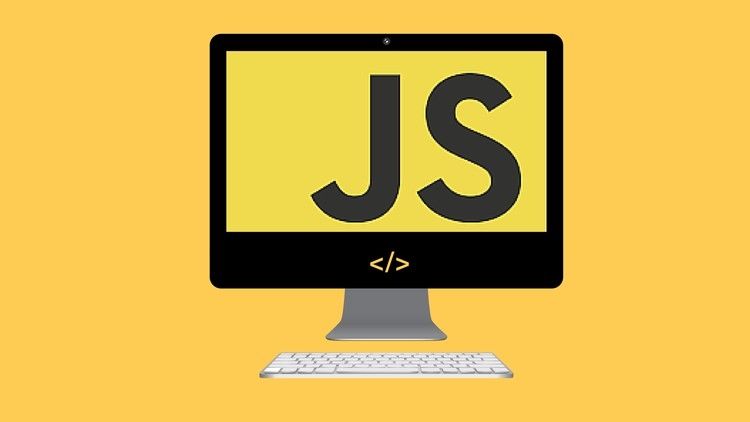通过js实现页面的倒计时功能。
思路: 传入一个秒数c,c/60可以得到分钟m, c%60可以得到显示的秒数s,同理,再将m/60可是得到小时数, m/%可以得到分钟数。通过setInterval每次将总秒数-1,并将计算所得时间显示到页面上。
第一版的肮脏代码如下, 可以作为反面教材思考一下
<html>
<head>
<title>Tomato</title>
<meta http-equiv="Content-Type" content="text/html; charset=utf-8" />
<script type="text/javascript">
var vTimeLength = 5;
var vHour;
var vMinutes;
var vSeconds;
var vRemainingTime;
function countDown(){
vTimeLength = vTimeLength - 1;
vMinutes = Math.floor(vTimeLength/60);
vSeconds = Math.floor(vTimeLength%60);
if (vMinutes >= 60){
vHour = Math.floor(vMinutes/60);
var vMinutesNew = Math.floor(vMinutes%60);
vRemainingTime = vHour + ":" + vMinutesNew + ":" + vSeconds;
} else {
vRemainingTime = vMinutes + ":" + vSeconds;
}
document.getElementById("div_countDown").innerHTML = vRemainingTime;
if (vTimeLength < 1) {
alert('do sth');
}
}
</script>
</head>
<body>
<div id="div_countDown"></div>
<script type="text/javascript">
setInterval("countDown()", 1000);
</script>
</body>
</html>
缺陷:
1、定义了众多的全局变量,
2、没有复用性,
3、setInterval容易导致队列过多, 结束事件如果是非阻塞事件, 倒计时会继续执行出现负数,
4、不符合面向对象思想。。。
针对缺陷1的解决方案是, 定义一个函数, 将相关全局变量放到函数内部,使之成为局部变量
针对缺陷2:为函数指定参数,提高复用性。 这里定义了3个参数vTimeLength为倒计时总秒数,showTagId为显示到页面元素的id, callback为倒计时结束后的回掉方法
针对缺陷3:用setTimeout替代setInterval
优化后的代码如下:
<html>
<head>
<title>countdown</title>
<meta http-equiv="Content-Type" content="text/html; charset=utf-8" />
<script type="text/javascript">
function countDown(vTimeLength, showTagId, callback) {
var vHour;
var vMinutes;
var vMinutesNew
var vSeconds;
var vRemainingTime;
function countDownInner(vTimeLength){
vMinutes = Math.floor(vTimeLength/60);
vSeconds = Math.floor(vTimeLength%60);
if (vMinutes >= 60){
vHour = Math.floor(vMinutes/60);
vMinutesNew = Math.floor(vMinutes%60);
vRemainingTime = vHour + ":" + vMinutesNew + ":" + vSeconds;
} else {
vRemainingTime = vMinutes + ":" + vSeconds;
}
document.getElementById(showTagId).innerHTML = vRemainingTime;
vTimeLength = vTimeLength - 1;
if (vTimeLength > 0) {
setTimeout(function(){countDownInner(vTimeLength);}, 1000);
} else {
callback();
}
}
countDownInner(vTimeLength);
}
</script>
</head>
<body>
<div id="div_countDown"></div>
<script type="text/javascript">
countDown(5, "div_countDown", function(){alert('do sth');});
</script>
</body>
</html>
这里有一点需要注意
setTimeout(function(){countDownInner(vTimeLength);}, 1000);
第一次我将此句写成了
setTimeout(countDownInner(vTimeLength), 1000);
结果函数直接执行了, 没有等待1秒的时间。如果没有入参, 即setTimeout("countDownInner()", 1000); 则可正常执行。
至于前面提到的不够面向对象的缺陷, 也是刚刚接触, 这里贴出代码,希望能够互相交流
<html>
<head>
<title>count_down</title>
<script type="text/javascript">
var countDown = {
flag: true,
hour: 0,
minutes: 0,
minutesNew: 0,
seconds: 0,
show: 0,
current: 0,
length: 0,
showTagId: null,
// callback: null,
countDownInner: function(vTimeLength){
if (!this.flag) {
return;
}
var that=this;
this.current = vTimeLength;
minutes = Math.floor(vTimeLength/60);
seconds = Math.floor(vTimeLength%60);
if (minutes >= 60){
hour = Math.floor(minutes/60);
minutesNew = Math.floor(minutes%60);
show = hour + ":" + minutesNew + ":" + seconds;
} else {
show = minutes + ":" + seconds;
}
document.getElementById(this.showTagId).innerHTML = show;
vTimeLength = vTimeLength - 1;
if (vTimeLength > 0) {
setTimeout(function(){that.countDownInner(vTimeLength);}, 1000);
} else {
setTimeout(function(){that.callback();}, 1000);
}
},
run: function(vTimeLength, showTagId, callback) {
if (!this.flag) {
this.flag = true;
this.countDownInner(this.current);
} else if (showTagId) {
this.length = vTimeLength;
this.showTagId = showTagId;
this.callback = callback;
this.countDownInner(vTimeLength);
}
},
stop: function(){
this.flag = false;
},
restart: function(){
this.flag = true;
this.countDownInner(this.length);
}
};
function countDownStart() {
countDown.run();
}
function countDownStop() {
countDown.stop();
}
</script>
</head>
<body>
<div id="div_countDown"></div>
<script type="text/javascript">
countDown.run(5, 'div_countDown',function(){alert('12')});
</script>
<span>
<button onclick="countDownStart();">start</button>
<button onclick="countDownStop();">stop</button>
</span>
</body>
</html>
一个难点是this的使用, 在函数内部, this是调用当前函数范围,所以setTimeout(function(){this.countDownInner(vTimeLength);}, 1000);会出现undefined。
解决方案是定义一个that变量接收外部函数的this指针,然后通过that即可调用外部域。
以上就是本文的全部内容,希望本文的内容对大家的学习或者工作能带来一定的帮助,同时也希望多多支持!

